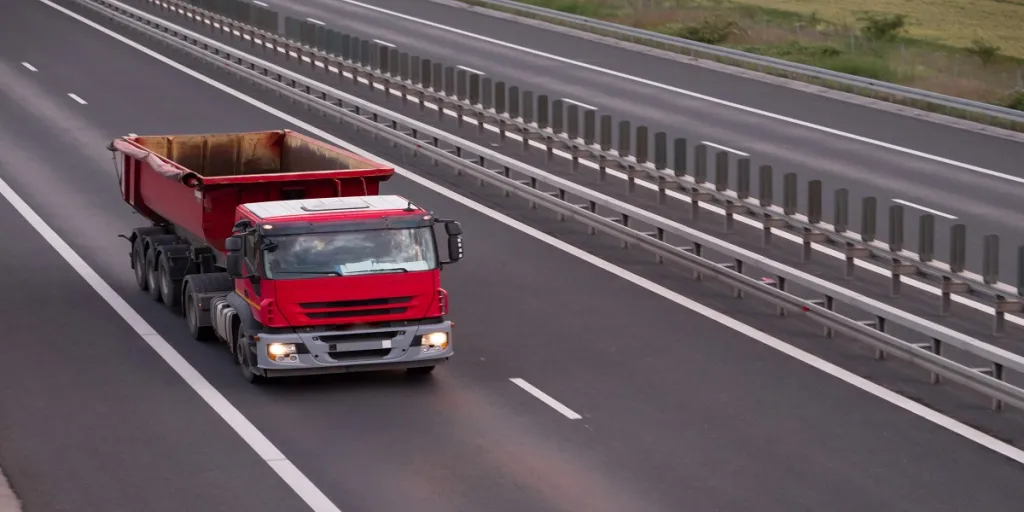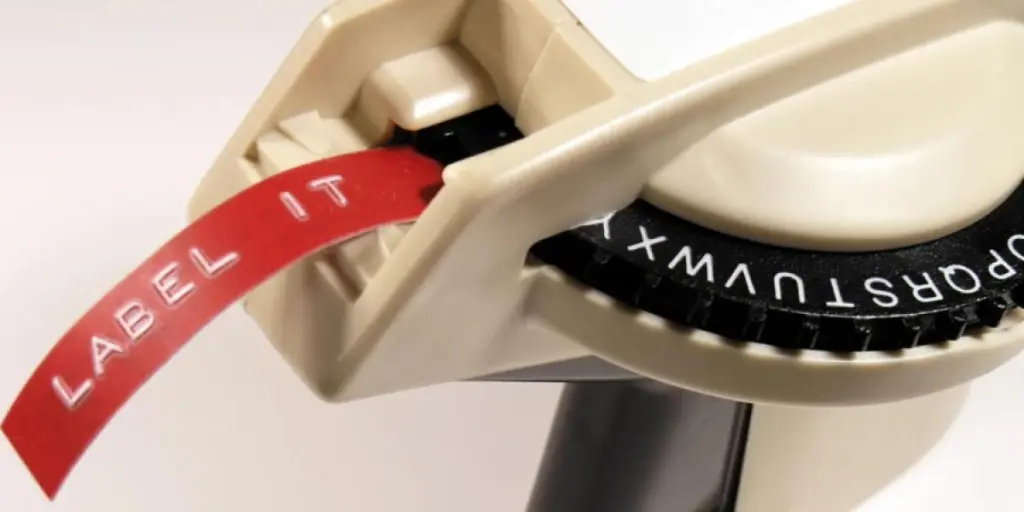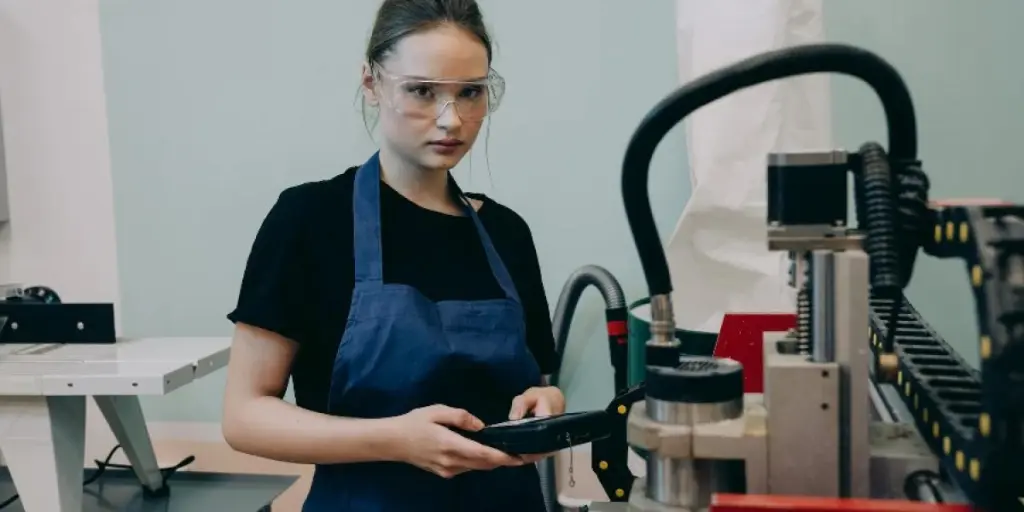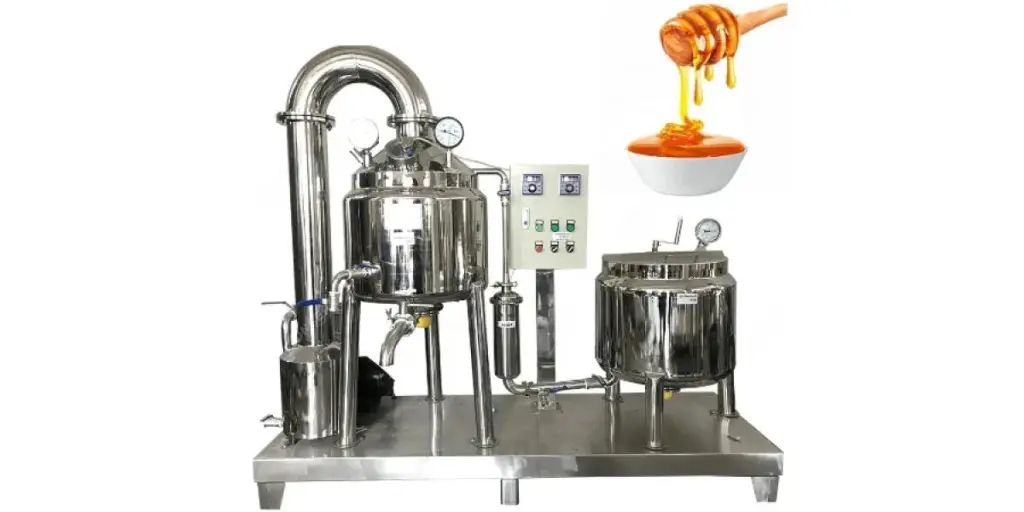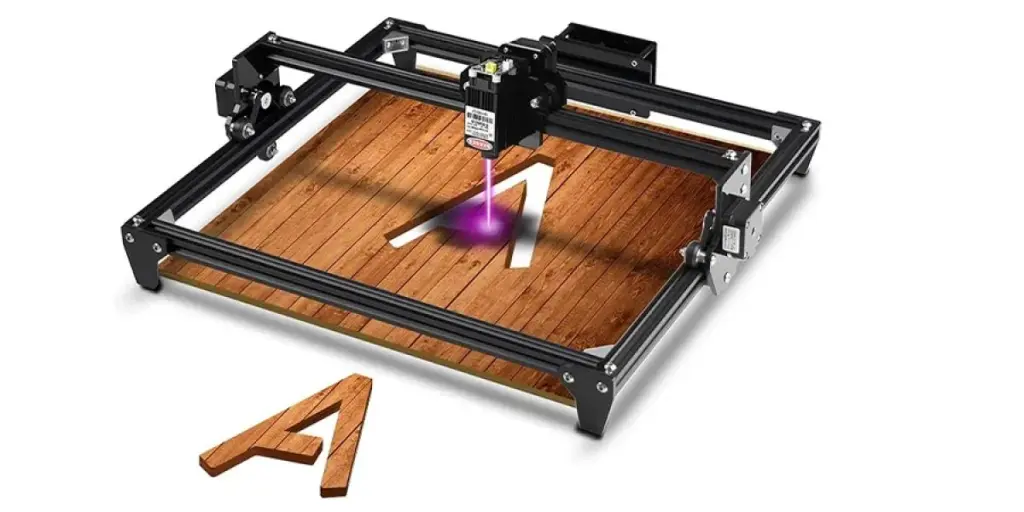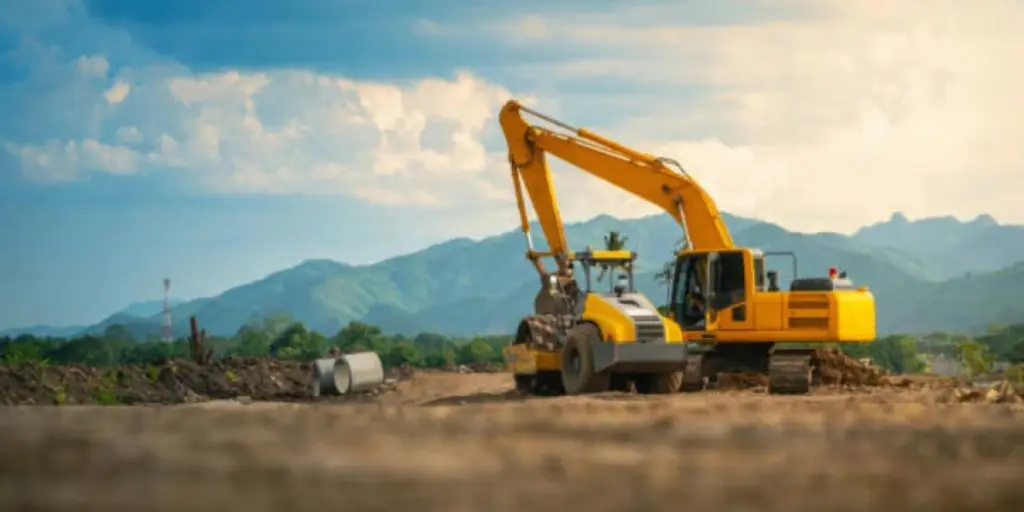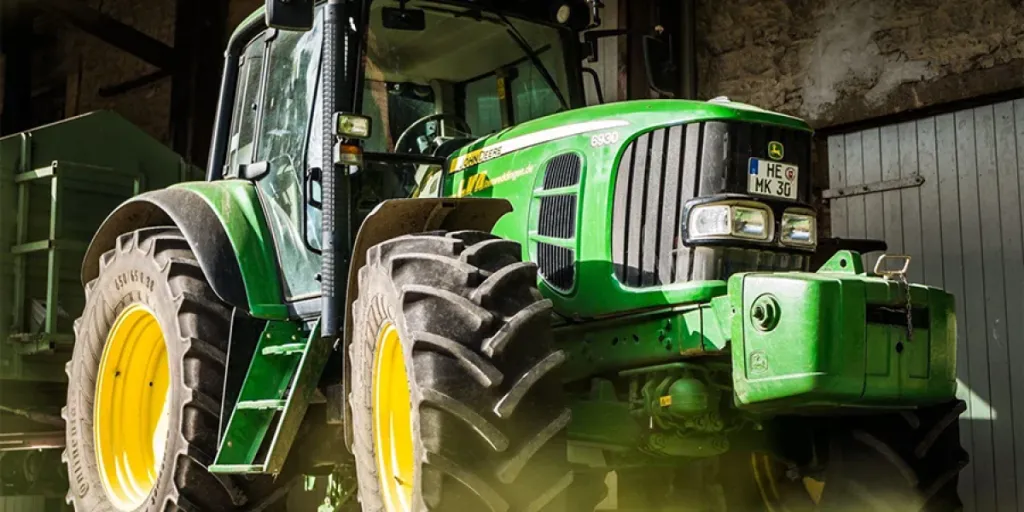Trash compactors have become incredibly important tools for efficiently and sustainably managing waste. People love them because they can condense garbage, which reduces its volume and means less frequent trips to dispose of trash. This benefits both households and businesses alike.
But with so many different types of compactors out there, it can be overwhelming to choose the perfect one. That’s why this article aims to help you find the best trash compactor for your needs, giving you insights to make a smart and successful purchase.
Table of Contents
Overview of the trash compactors market
Types of trash compactors
The ultimate guide to buying trash compactors
Summary
Overview of the trash compactors market
Research and Markets published a report that showed the global market for trash compactors was valued at US$ 379.1 million in 2022, and the figure is expected to reach US$ 506.3 million in 2023. Over the forecasted period of 2023-2030, the market is expected to grow at a compound annual growth rate (CAGR) of 3.7%.
The demand for trash compactors has risen in both residential and commercial sectors. In particular, regions like North America, Europe, and Asia-Pacific have shown significant interest in these machines, especially in urban areas with dense populations and environmentally conscious communities.
The market has also seen a boost from technological advancements, such as smart and automated compactors, which offer added benefits and appeal to those looking for advanced waste management solutions to optimize their operations and minimize their ecological footprint.
Types of trash compactors
1. Stationary trash compactors
Stationary trash compactors are designed to stay in one place, usually installed at a particular location, like a waste disposal area or a designated waste collection site. They are perfect for places that regularly produce substantial waste, as they offer a continuous and reliable waste compaction solution.
2. Self-contained trash compactors
As the name implies, self-contained trash compactors have the compactor and container integrated into a single unit. They are great for places with limited space, like small businesses or residential areas. When the container becomes full, it can be detached and easily replaced with a new one, ensuring a smooth waste management process.
3. Vertical trash compactors
Vertical trash compactors stand upright, with waste loaded into the machine from the top. Their versatility makes them popular in various settings, including restaurants, hotels, and retail stores. These compactors efficiently manage recyclables and general waste, streamlining waste disposal processes and helping establishments maintain cleaner and more organized spaces.
4. Horizontal trash compactors
Unlike their vertical counterparts, horizontal trash compactors load waste from the side, making them ideal for handling substantial volumes of large and bulky waste materials.
These robust machines are commonly used in industrial settings, such as manufacturing facilities, distribution centers, and warehouses, where waste generation is significant. Their durability and ability to handle heavy-duty waste make them indispensable tools for enhancing waste management practices in industries with demanding waste handling needs.
The ultimate guide to buying trash compactors
1. Price
Set a budget and explore options that are within that range. Trash compactors can range in price from US$ 400 to US$ 1,500 or more, depending on the size, features, and brand. While affordability is crucial, don’t overlook the long-term benefits of investing in a higher-quality compactor. Consider the overall value and performance of the compactor to make a well-informed decision that suits your immediate budget and needs.
2. Size and capacity
Assess the available space for installation and estimate the daily waste generation. Trash compactors come in various sizes, with the capacity ranging from approximately 1.4 cubic feet (40 liters) for compact models to over 4.5 cubic feet (128 liters) for larger ones. Choosing an appropriately sized compactor ensures it fits well within the waste management setup, preventing space congestion and ensuring efficient waste compaction without overloading the unit.
3. Compaction ratio
When shopping for a trash compactor, consider its compaction ratio, indicating its waste volume reduction capability. Opt for a compactor with a higher compaction ratio, such as 4:1 or 6:1, as it will condense the waste more effectively per load. This means it will need fewer trips for waste collection, leading to cost savings on disposal and reducing the environmental impact.
A higher compaction ratio boosts overall waste management efficiency, making the compactor a valuable investment for residential and commercial settings.
4. Loading mechanism
Combining the compactor and container, self-contained compactors work well in smaller areas, making them ideal for confined spaces like small businesses or residential settings.
On the other hand, stationary compactors provide a continuous waste compaction solution, making them a great fit for locations that regularly generate significant amounts of waste, such as commercial facilities or industrial settings. Assess specific needs to select the loading mechanism that optimizes waste management and seamlessly integrates into available space.
5. Power source
Electrically powered compactors are widely used and generally suitable for locations with reliable access to electricity. They are a convenient choice for most settings. However, hydraulic compactors can be a viable alternative in an area with a limited or inconsistent electric power supply. Their functionality is not dependent on electricity, making them a reliable option in such situations.
Carefully assess your location’s power availability to ensure you select the most appropriate trash compactor that will operate smoothly and efficiently within a waste management setup.
6. Compatibility
Consider factors like whether separate compartments are required for recyclables or specialized features to handle specific types of waste. Select a compactor that seamlessly integrates into the existing waste management system, allowing for efficient waste separation and disposal practices. These compatibility factors ensure a smoother waste management process and contribute to more sustainable waste disposal practices.
7. Safety features
Make safety a priority by opting for models with crucial safety features. Look for trash compactor options, including emergency stop buttons, safety gates, and lockable control panels. These features are essential as they play a significant role in accident prevention and ensuring the safety of both users and maintenance personnel during the compactor’s operation.
Summary
This guide covers all the key factors to consider when selecting trash compactors, from price, size, and capacity to evaluating the compaction ratio and loading mechanism, helping buyers make a well-informed choice. Safety features are also highlighted to prevent accidents during operation. For those interested in browsing listings of trash compactors, Alibaba.com offers a wide range of models to meet diverse needs.
